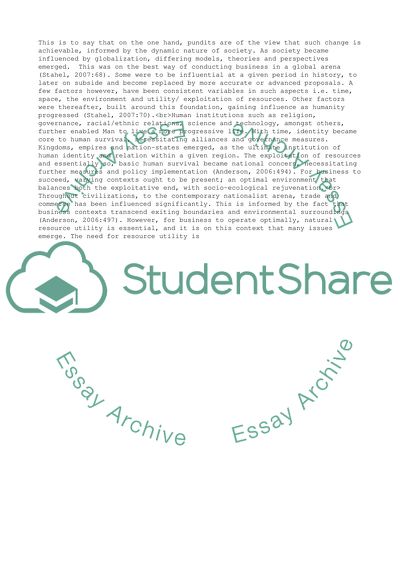Cite this document
(Sustainable business and a sustainable society Essay, n.d.)
Sustainable business and a sustainable society Essay. https://studentshare.org/business/1822986-sustainable-business-and-a-sustainable-society
Sustainable business and a sustainable society Essay. https://studentshare.org/business/1822986-sustainable-business-and-a-sustainable-society
(Sustainable Business and a Sustainable Society Essay)
Sustainable Business and a Sustainable Society Essay. https://studentshare.org/business/1822986-sustainable-business-and-a-sustainable-society.
Sustainable Business and a Sustainable Society Essay. https://studentshare.org/business/1822986-sustainable-business-and-a-sustainable-society.
“Sustainable Business and a Sustainable Society Essay”. https://studentshare.org/business/1822986-sustainable-business-and-a-sustainable-society.


